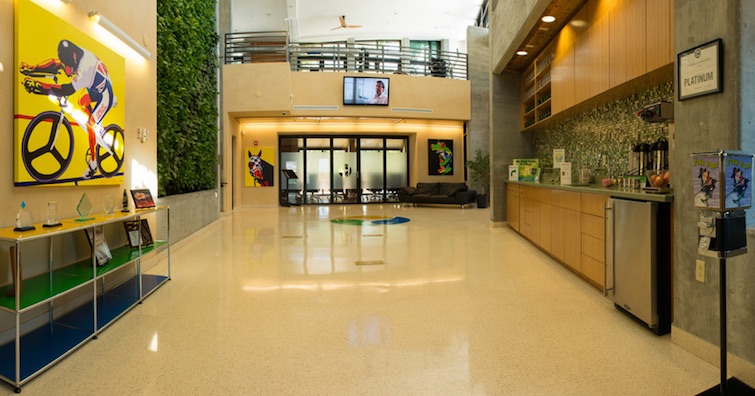The Customer Effect
How First Green Bank is selling customers on its environmental ethos
- First Green Bank, a regional bank with seven branches across Florida, pushes environmentalism in design, products and marketing.
- Founder Ken LaRoe says First Green is attracting customers who prefer to bank with an institution that shares their values.








